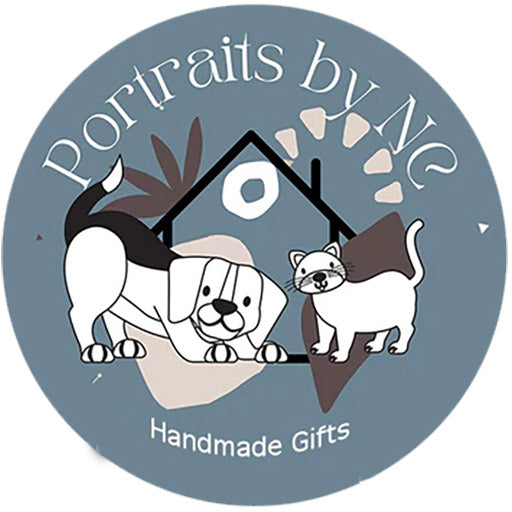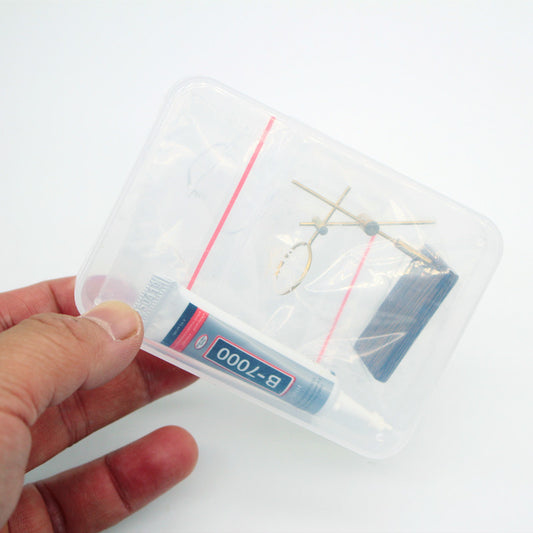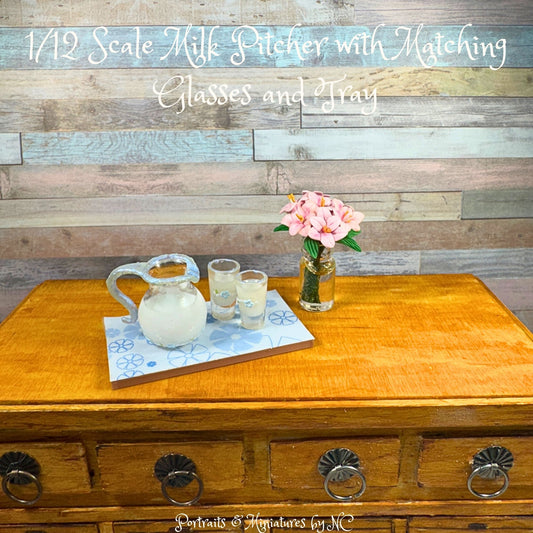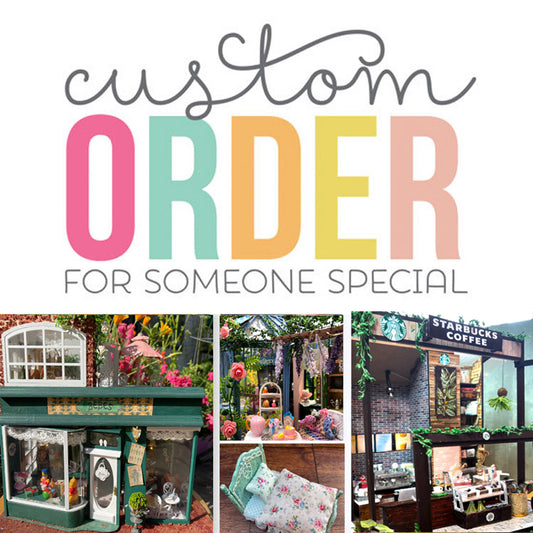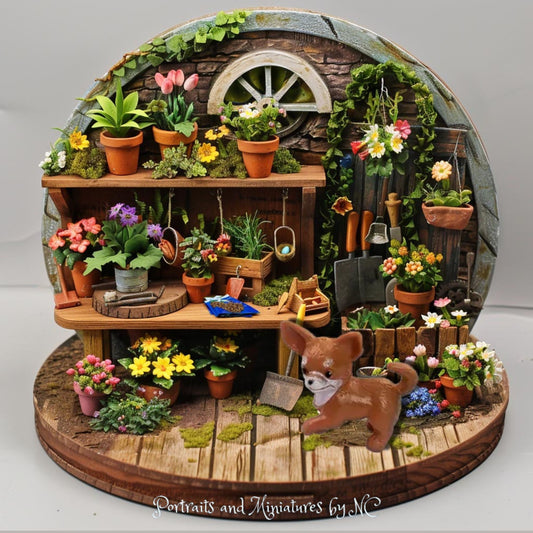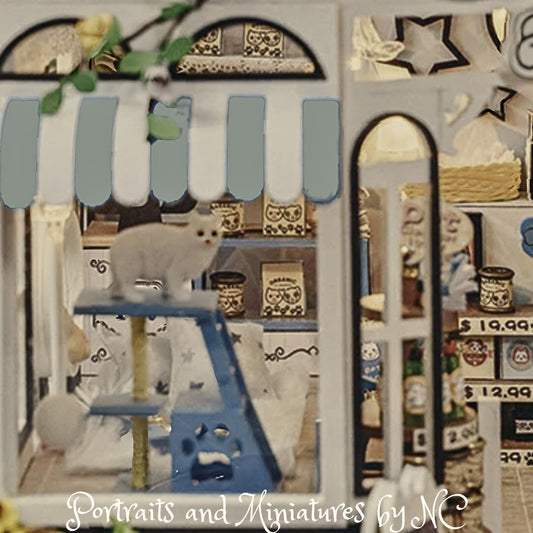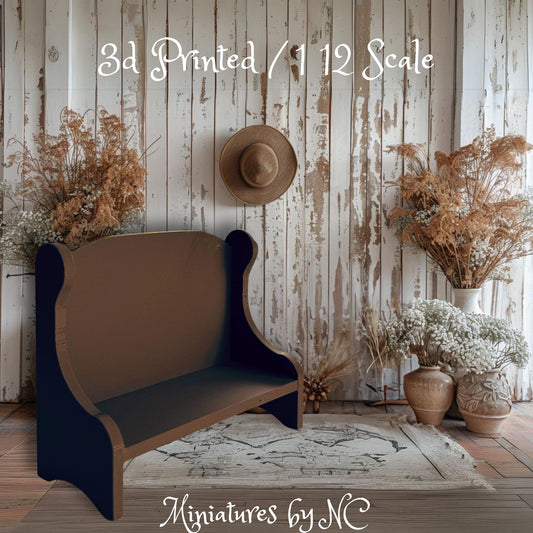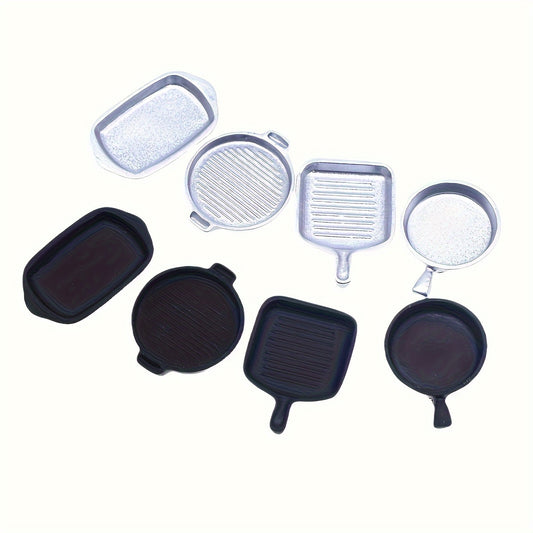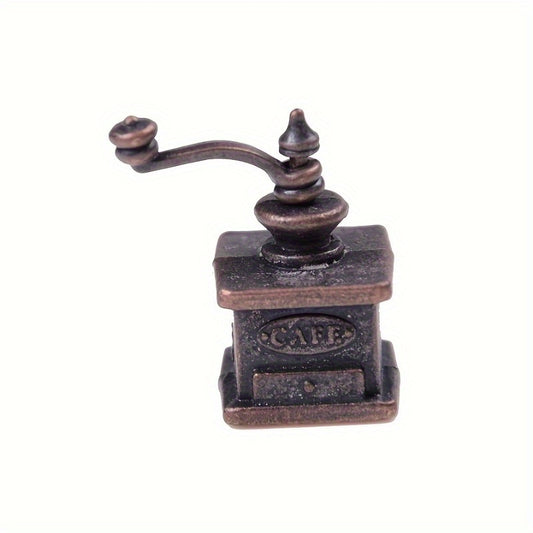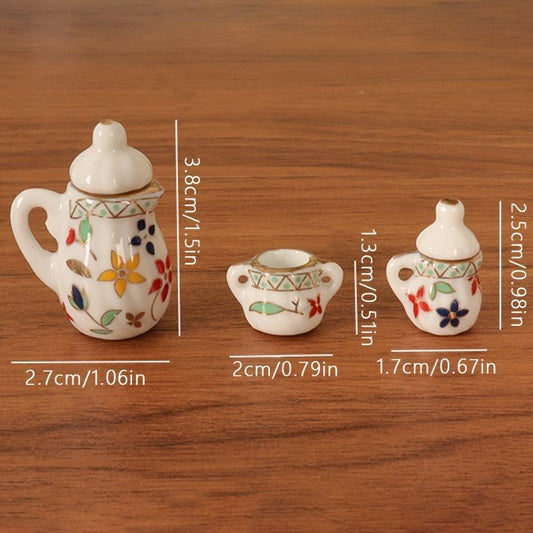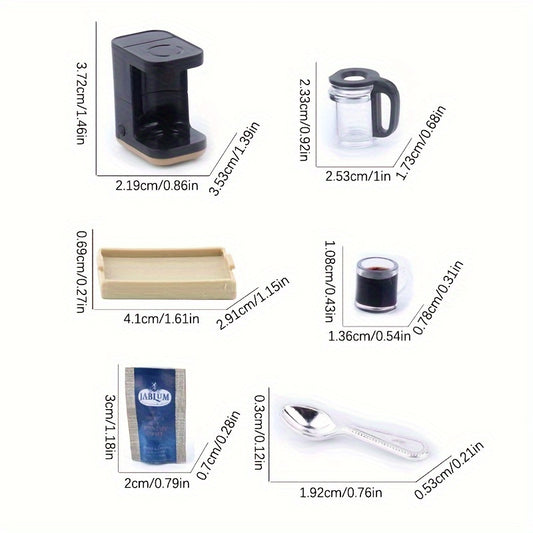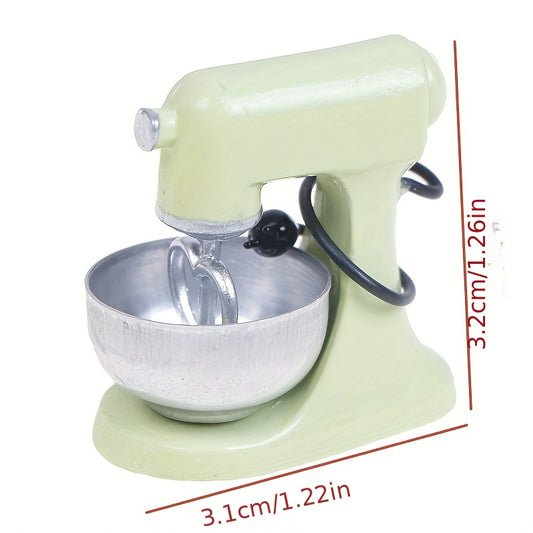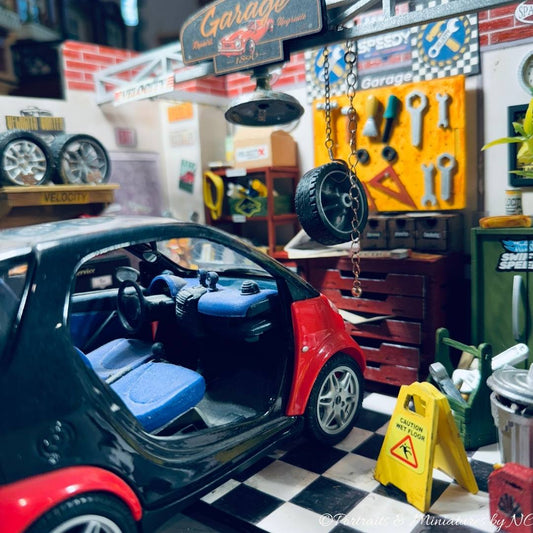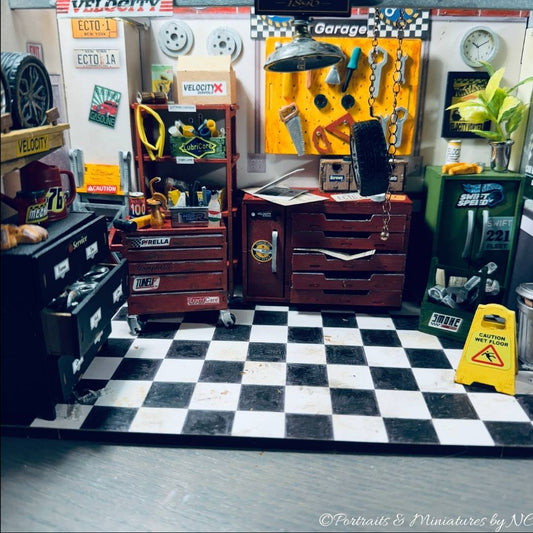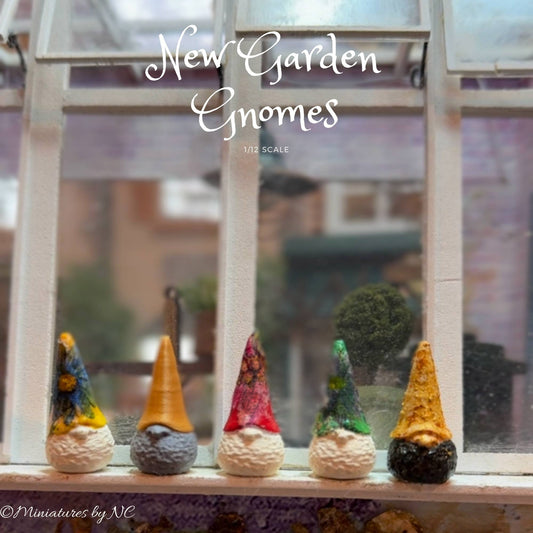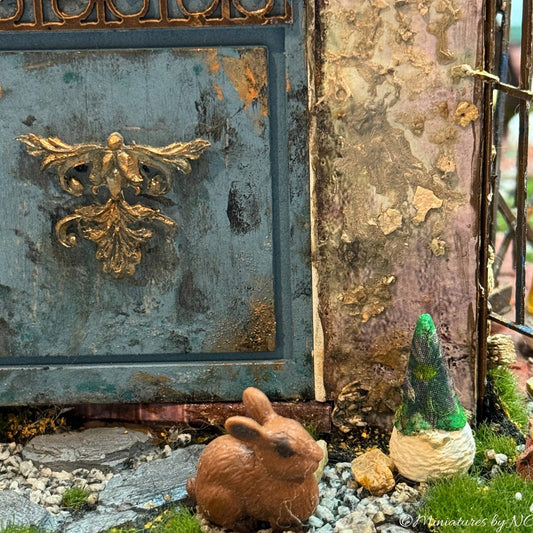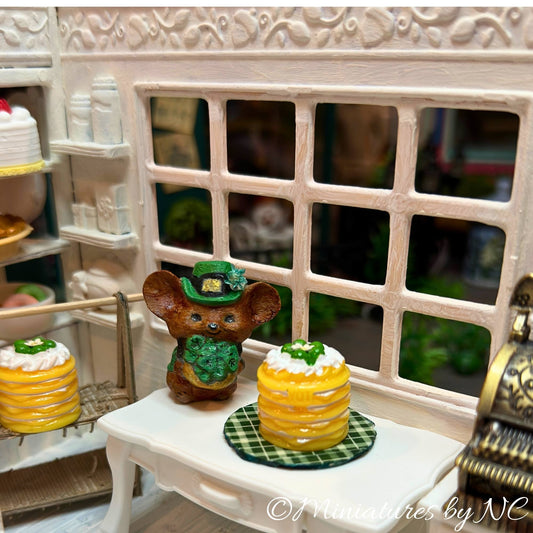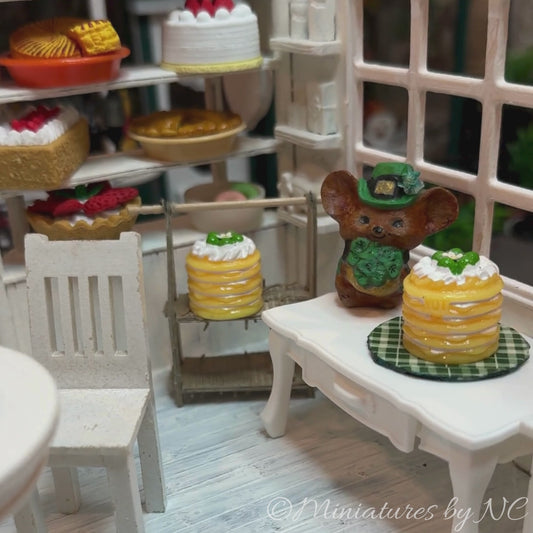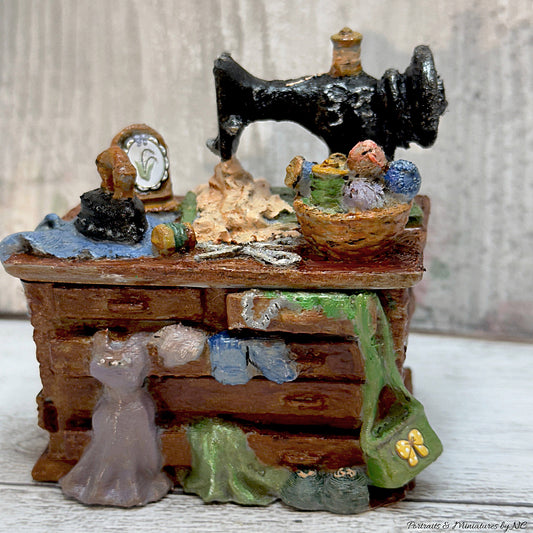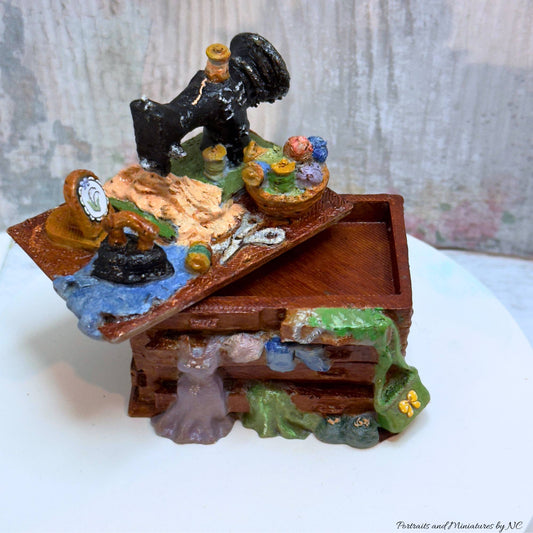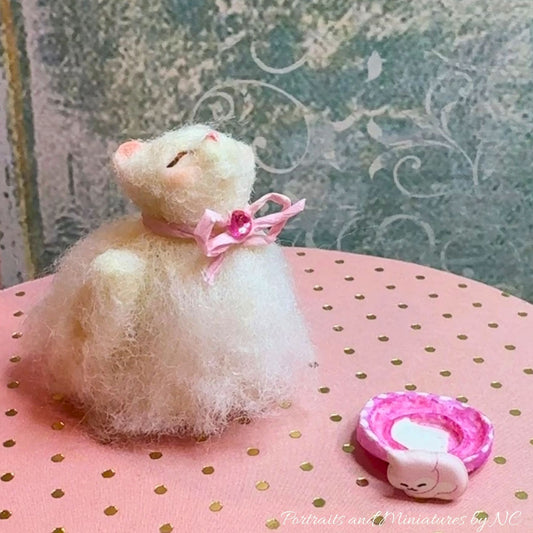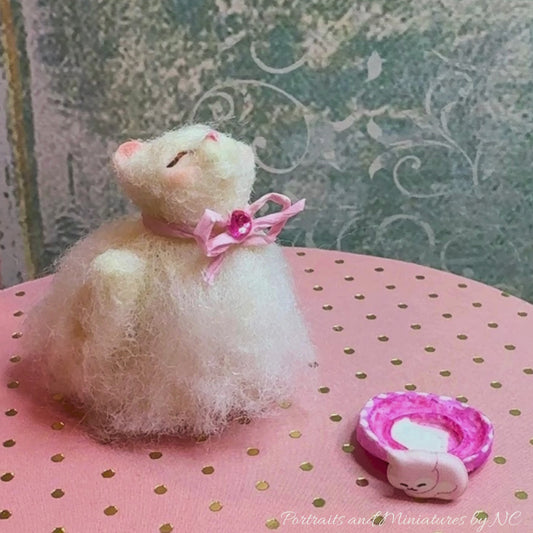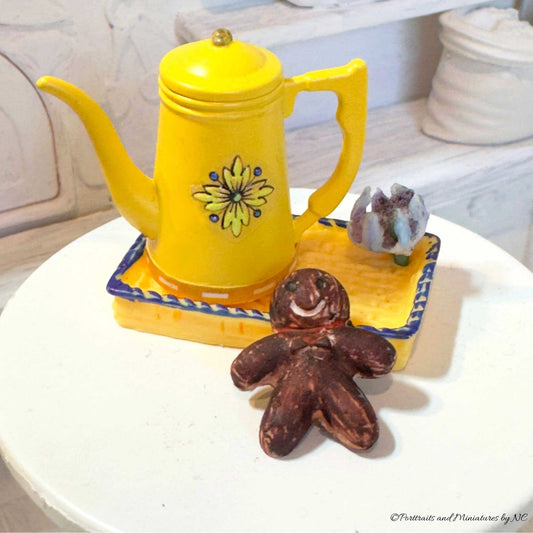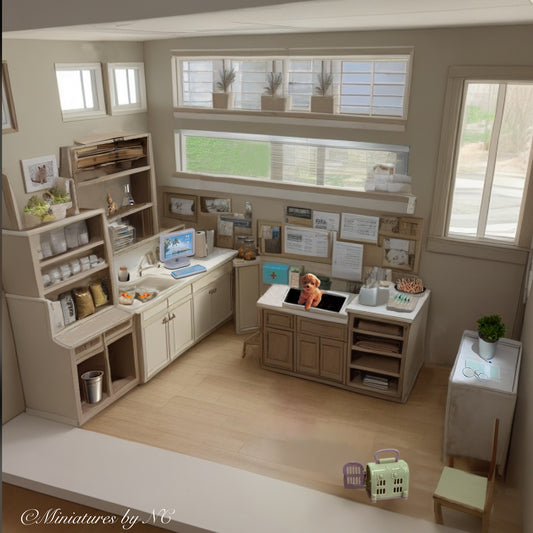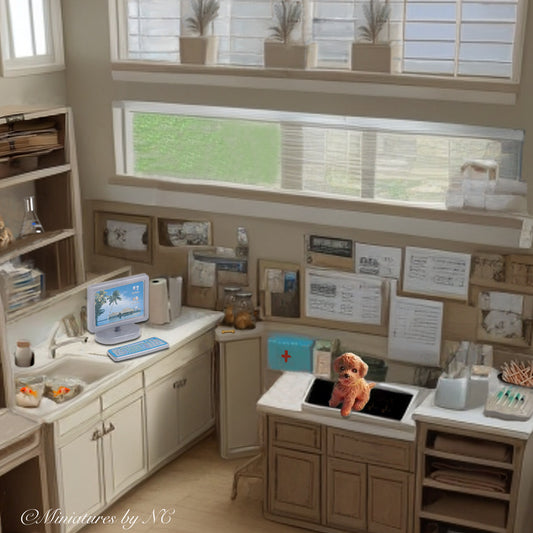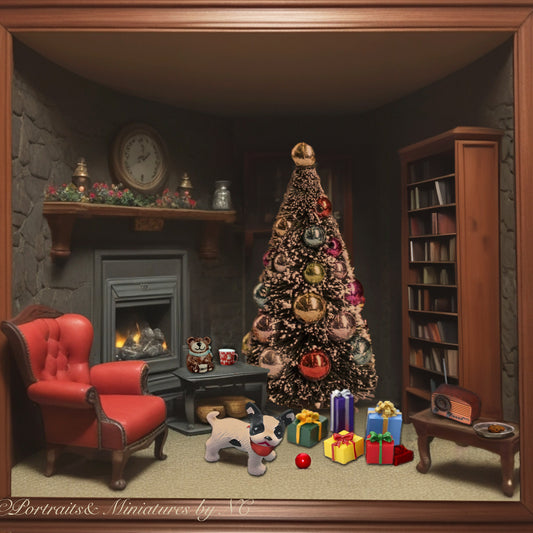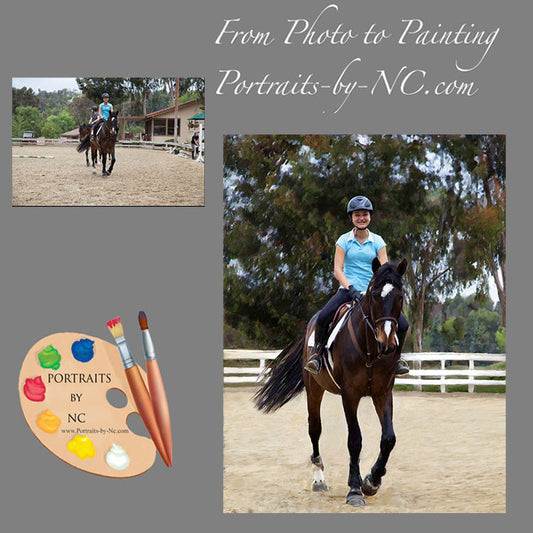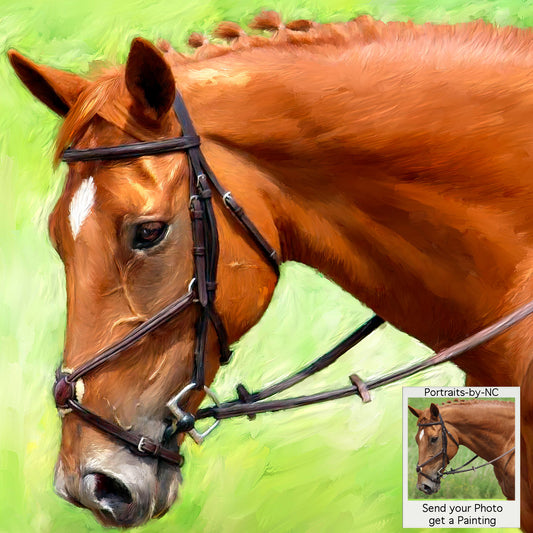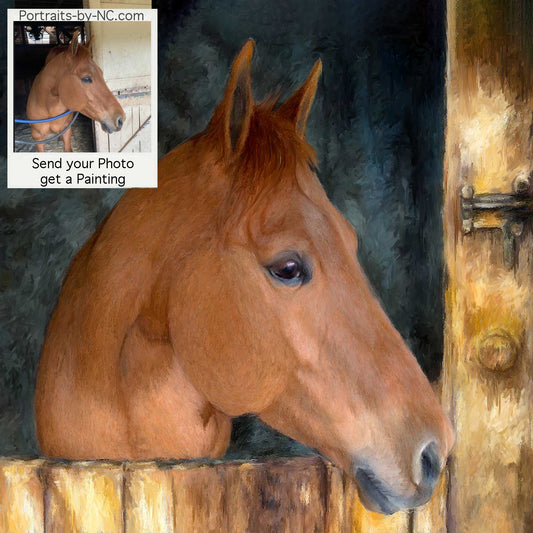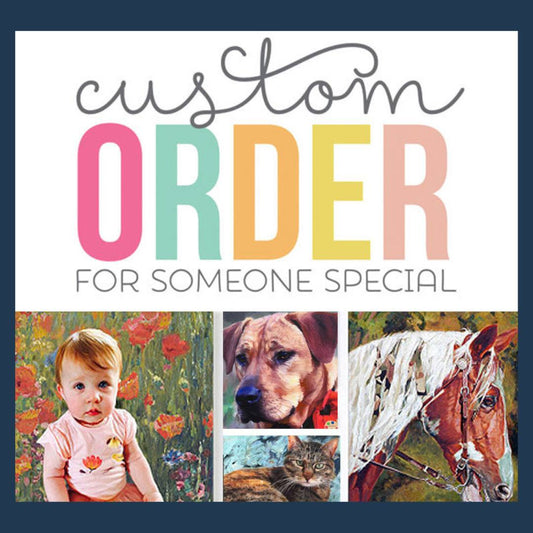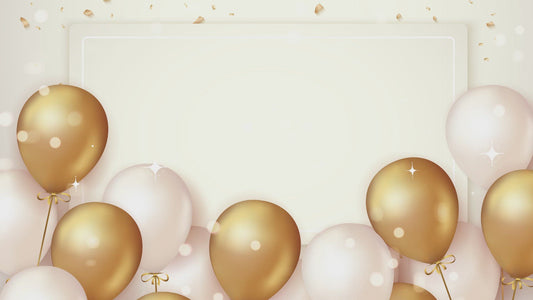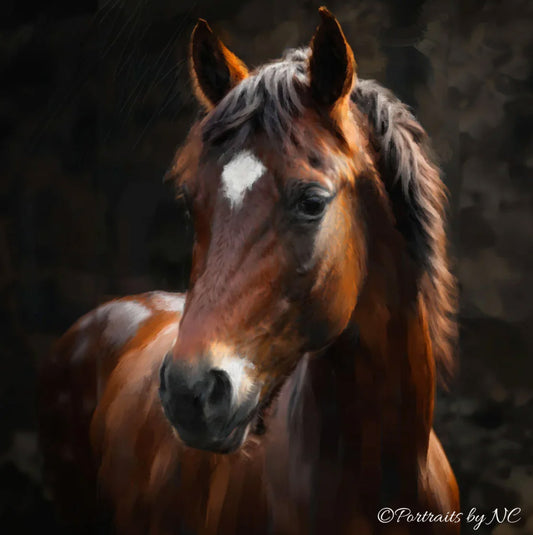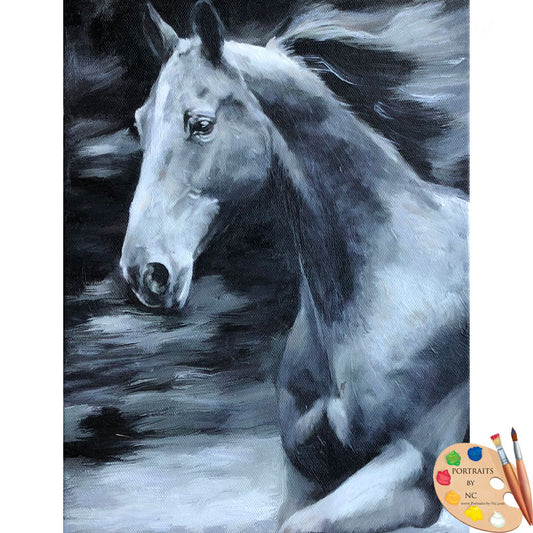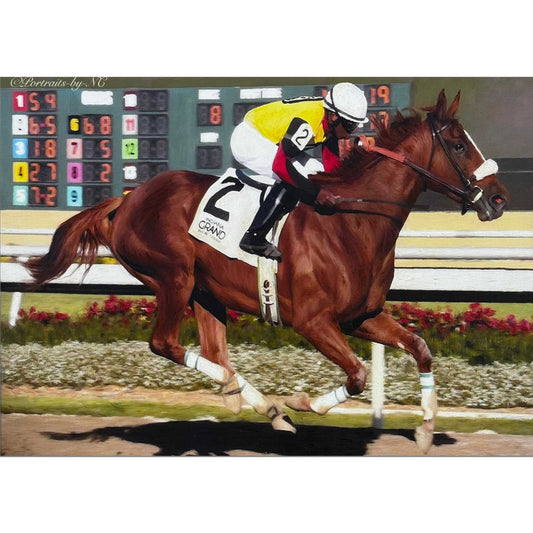🏠 Bringing Memories to Life: The Miniature Living Room🏠 Making the Mirror

After wrapping up the sofa project, it was time to tackle the Ikea-style mirror. I designed the frame myself and printed it using my Bambu Lab 3D printer. The machine did a fantastic job, delivering a clean, precise frame that looks absolutely stunning!

For this project I used Mylar film that I cut to size and inserted between the panes. Then a cardstock backing was glued on to finish the backside off.
Why don't I use glass for mirrors, you ask? Well, glass is fragile, heavy, and can be a safety hazard. Instead, I prefer using reflective materials that are lighter, shatterproof, and just as effective at giving a clear reflection. Plus, they add a modern touch to the design!
Below is the reference photo for the mirror and I am happy that it matches the original so well.

Great Materials to Use Instead of Glass for Mirrors
When creating mirrors, there are several excellent alternatives to traditional glass. These materials are not only safer and more durable but also offer unique design advantages for the model maker. Here are some top picks:
-
Reflective Vinyl:
- Benefits: Thin, flexible, and easy to apply to various surfaces.
- Usage: Great for DIY projects, crafts, and temporary installations.
-
Reflective Mylar Film:
- Benefits: Ultra-lightweight, flexible, and highly reflective.
- Usage: Often used in decorative projects, and light installations.
Here is the finished room box
🌟🏠 Bringing Memories to Life: The Miniature Living Room Diorama 🏠 by PortraitsbyNC